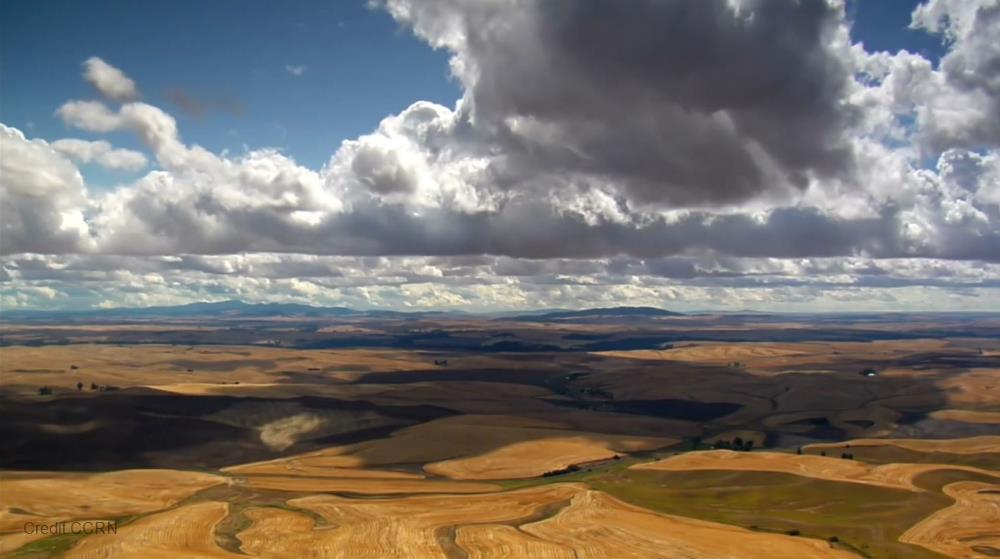
Related items loading ...
Section 1: Publication
Publication Type
Conference Presentation
Authorship
Ogden Emily, Smith Sharon L., Turetsky Merritt R., Cumming Steven G., Baltzer Jennifer L.
Title
Too much of a good thing: Permafrost thaw induces short term increase in vegetation productivity in the northwestern boreal forest
Year
2022
Publication Outlet
AOSM2022
DOI
ISBN
ISSN
Citation
Emily Ogden, Sharon L. Smith, Merritt R. Turetsky, Steven G. Cumming, Jennifer L. Baltzer (2022). Too much of a good thing: Permafrost thaw induces short term increase in vegetation productivity in the northwestern boreal forest. Proceedings of the GWF Annual Open Science Meeting, May 16-18, 2022.
Abstract
Over the past several decades various trends in vegetation productivity, from greening to browning, have been observed throughout the northern boreal biome. While some of this variation can be explained by recent climate warming and increased disturbance, very little is known about the impacts of permafrost thaw on vegetation productivity. We used a time-series of active layer thickness from permafrost monitoring sites (n=135) established in 1984 by the Geological Survey of Canada along a 10° latitudinal transect of the Northwest Territories, Canada, paired with a Landsat time-series of normalized difference vegetation index from 1984-2019, to quantify the impacts of changing permafrost conditions on vegetation productivity. We found that active layer thickness could explain some of the variation in vegetation productivity that has been observed in recent decades in the northern boreal forests, such that the highest rates of greening were found at sites where there was newly thawed permafrost. However, the greening associated with permafrost thaw was not sustained after prolonged periods of thaw. This is highlighted by the highest rates of greening being found at the mid-transect sites, between 62.4°N and 65.2°N. Indicating that the southern sites may have already undergone a period of rapid thaw and were past the threshold of beneficial permafrost thaw, and the northern sites may have yet to undergo extensive permafrost thaw. These results indicate that the response of vegetation productivity to permafrost thaw is variable and highly dependent on the extent of active layer thickening.
Plain Language Summary
Section 2: Additional Information
Program Affiliations
Project Affiliations
Submitters
|
Emily Ogden | Submitter/Presenter | emilyogden44@gmail.com | Wilfrid Laurier University |
Publication Stage
N/A
Theme
Hydrology and Terrestrial Ecosystems
Presentation Format
10-minute oral presentation
Additional Information
AOSM2022 Northern Water Futures First Author: Emily Ogden Biology Department, Wilfrid Laurier University, Waterloo, Ontario, Canada Additional Authors: Sharon L. Smith; Geological Survey of Canada, Natural Resources Canada, 601 Booth Street, Ottawa, ON, K1A 0E8, Canada. Merritt R. Turetsky; Institute of Arctic and Alpine Research, University of Colorado, Boulder, CO, USA. Ecology and Evolutionary Biology Department, University of Colorado, Boulder, CO, USA. Steven G. Cumming; Department of Wood and Forest Sciences, Laval University, Quebec City, Quebec, Canada. Jennifer L. Baltzer; Biology Department, Wilfrid Laurier University, Waterloo, Ontario, Canada.


 GWFNet
GWFNet Master
Master Data
Data Research
Research Map
Map
 Advanced
Advanced . . .
. . .

 Metadata Editor
Metadata Editor
 Record List
Record List
 Alias List Editor
Alias List Editor
 Legacy sites
Legacy sites